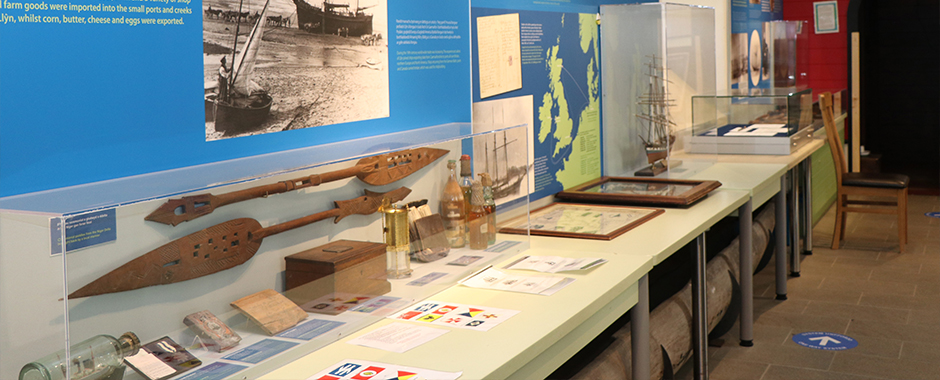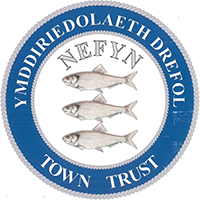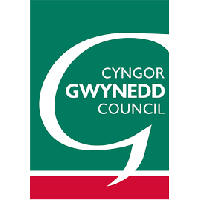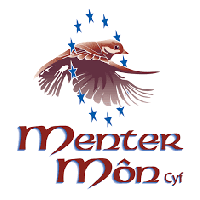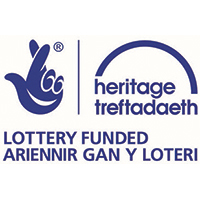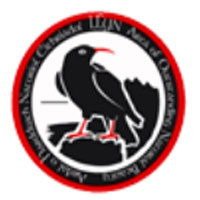Collections
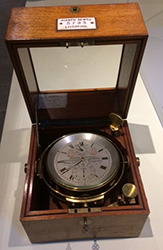
MARINE CHRONOMETER
Made by:
Joseph Sewill
61 Castle St, Liverpool
Maker to the Admiralty
Serial No; 5793 (circa late 1870s)
This marine chronometer has been donated to the museum by John Davies the grandson of William Davies, who is featured as this year’s Captain of the Season. This instrument (or one like it) would have been used on the Monkbarns, the Ship of The Season.
Marine chronometers were first developed in the 18th century. The precision timekeeping of chronometers combined with celestial navigation enabled mariners to more accurately determine longitude. This was a great improvement on earlier navigation methods which only determined latitude. The purpose of a chronometer is to measure accurately the time of a known fixed location, for example Greenwich Mean Time (GMT). This is particularly important for navigation. Knowing GMT at local noon allows a navigator to use the time difference between the ship’s position and the Greenwich Meridian to determine the ship’s longitude. As the earth rotates at a regular rate, the time difference between the chronometer and the ship’s local time can be used to calculate the longitude of the ship relative to the Greenwich Meridian (defined as 0°) using spherical trigonometry. In modern practice, a nautical almanac and trigonometric sight-reduction tables permit navigators to measure the sun, moon, visible planets, or any of 57 selected stars for navigation at any
time that the horizon is visible.
Now, ships and boats commonly use electronic aids to navigation, usually Global Navigation Satellite Systems. However celestial navigation, which requires the use of a precise chronometer, is still a requirement for certain
international mariner certifications such as Officer in Charge of Navigational Watch, Master and Chief Mate deck officers and also supplements offshore yachtmasters on long-distance private cruising yachts. Modern marine chronometers can be based on quartz clocks that are corrected periodically by GPS signals or radio time signals.
